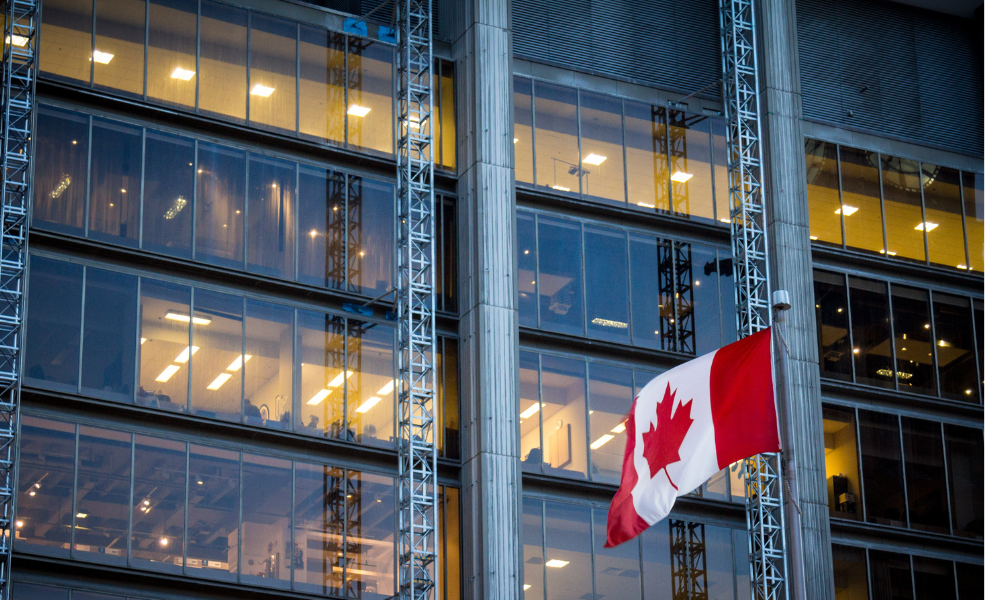Limited construction, steady demand, and more conversions define current trends

The Canadian office market has reached a plateau, with both downtown and suburban vacancy rates holding steady for the past three quarters, according to CBRE’s latest national report.
Vacancy rates have fluctuated by no more than 10 basis points over the last 18 months, signaling a period of stabilization after years of volatility.
Downtown office vacancy saw a slight uptick of 10 basis points this quarter, despite six cities recording declining rates. Ottawa posted the most significant drop at minus 70 basis points. Meanwhile, Vancouver and Calgary weighed on the national average, with vacancy rates rising by 120 and 50 basis points to 11.9% and 30.7%, respectively. Toronto's downtown vacancy held firm at 18.5%.
For suburban markets, the pattern reversed. Six cities saw increased vacancies, but Vancouver and Montreal reported notable decreases, helping national suburban vacancy drop 10 basis points overall. Montreal (-40 bps) and Vancouver (-90 bps) provided much of the positive momentum.
CBRE noted that no market identified the ongoing trade war as the primary factor behind movements, although economic uncertainty is causing some tenants and investors to pause.
“Four quarters of near-negligible net absorption has had a normalizing effect on the market as vacancy has held in a tight 20 bps range for the last year and a half, signaling a plateau,” CBRE said in the report.
Six cities recorded positive net absorption this quarter, with Montreal and Edmonton leading the way and reversing earlier negative trends. However, major markets like Calgary, Toronto, and Vancouver saw significant new vacancies, particularly from the energy, insurance, and education sectors, which drove the Canadian total into slightly negative territory.
Office construction at 20-year low
Canada’s office construction pipeline remains at a two-decade low, with just 2.8 million square feet of competitive office space under development in Q2 2025. Most of this activity is centered in Toronto and Vancouver, with other major markets seeing minimal or no new projects. Notably, there were no new office construction starts this quarter, marking a full year without a single project launch and two years since any project larger than 100,000 square feet kicked off.
Nationally, 56.6% of office space under construction has already been pre-leased, but this is driven almost exclusively by Toronto (62.2%) and Vancouver (50.0%). Other markets have recorded no pre-leasing activity. Just 203,000 square feet of new space was delivered across two projects in Montreal and Toronto, including 150,000 square feet at 160 King Street in Montreal, none of which was pre-leased.
CBRE expects that with limited new supply, tenant demand will concentrate on recently completed or upgraded Class A properties before filtering down to lower-quality assets.
Conversions and demolitions
Office-to-residential conversions continue to play a major role in shaping the market. This quarter, the only recorded conversion was nearly 30,000 square feet of vacant office space in London, Ontario, set to become a 41-unit residential complex.
Read next: Commercial real estate sentiment upbeat, but tariff concerns persist
Since 2021, 5.7 million square feet of office space has been removed from inventory for conversions, and another 2.4 million square feet demolished for other uses, reducing total inventory by 1.7%. Calgary and Ottawa lead the way in total office space converted.
Life sciences conversions are also gaining traction, particularly in Montreal, where demand for lab space is strong.
Make sure to get all the latest news to your inbox on Canada’s mortgage and housing markets by signing up for our free daily newsletter here.



